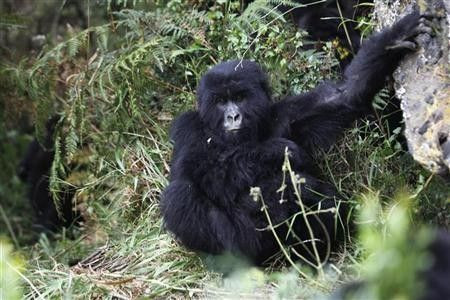So We Already Mix Human & Animal DNA? UK Urges Oversight

The UK Academy of Medical Sciences urged oversight and caution for scientific experiments involving the mixing of human and animal DNA.
What can happen if scientists push the boundary too far?
“The fear is that if you start putting very large numbers of human brain cells into the brains of primates suddenly you might transform the primate into something that has some of the capacities that we regard as distinctively human speech,” said Academy of Medical Sciences member Thomas Baldwin as an example.
These possibilities that are at the moment largely explored in fiction we need to start thinking about now,” he added.
So far, mixing human and animal DNA have produce useful medical results. For example, testing medical treatments on animals that have received human DNA and cells have helped advance solutions for stroke and Down syndrome patients, reported Reuters.
However, other scientists are pushing the boundaries, or thinking of doing so.
For example, a team at UK’s Newcastle University injected empty cow eggs with human DNA in 2008. Back in 2005 in California, scientists created mice with a small amount of human cells for their brains and nervous systems.
US scientists are mulling the creation of a mouse with more human cells in its brain, but they haven’t pulled the trigger.
The UK researchers recommended a government appointed body of experts to regulate such research in this sensitive and controversial area.
© Copyright IBTimes 2024. All rights reserved.





















